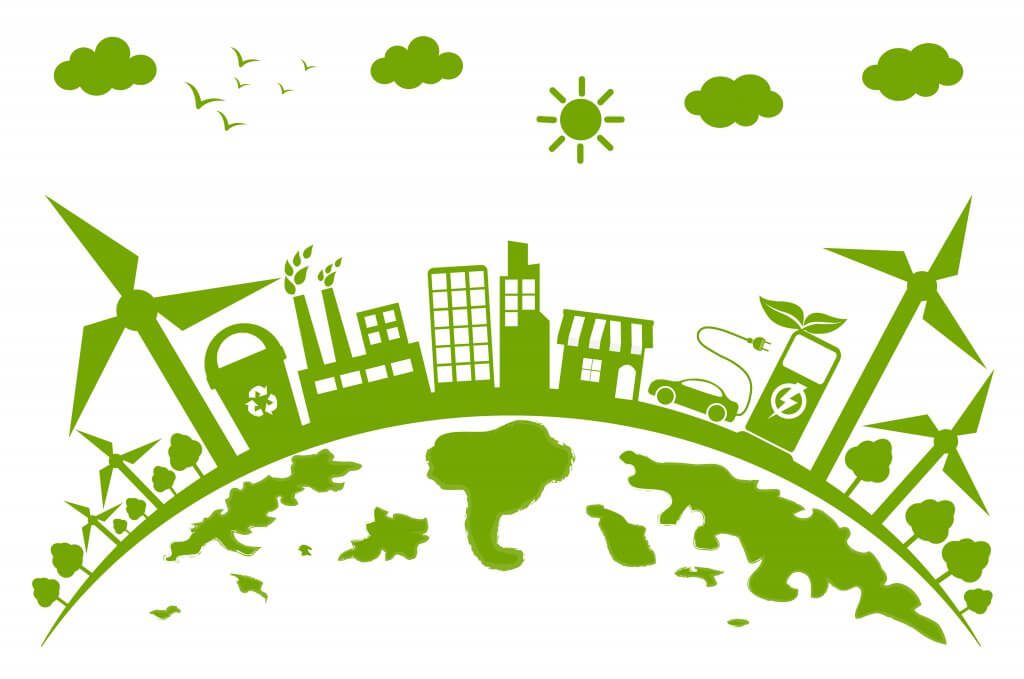Last week, three important energy efficiency annual reports were released and the results are remarkable. I’m talking about the award-winning Set-top Box (STB) and Small Network Equipment (SNE) Voluntary Agreements (VA) in the United States, and the Canadian Energy Efficiency Voluntary Agreement for Set-top Boxes (CEEVA). These three programs were established in the U.S. and Canada with the goals of making set-top boxes and residential equipment more energy efficient, saving consumers money and reducing carbon emissions from power plants, all while continuing to innovate and introduce new features.
United States Set-top Box Voluntary Agreement
The US STB VA, established in 2012, expanded in 2013, and renewed in 2018, covers over 94% of the pay television market in the United States. Over the six years of this VA, the signatories continue to find ways to deliver services more efficiently. In the most recent 2018 Annual Report, the independent administrator, D+R International, found that the STB VA reduced the national STB energy consumption from 32 TWh in 2012 to only 19.4 TWh in 2018.
• $1.6 BILLION in 2018
• $5.15 BILLION total in 6 years
Carbon Footprint
• 8.9 Million Metric Tons CO2 emissions avoided in 2018
• 28.6 Million Metric Tons CO2 emissions avoided in 6 years
United States Small Network Equipment Voluntary Agreement
The US SNE VA report shared impressive results as well with energy efficiency continuing to improve year over year, demonstrating an average of a 66% decline in energy usage relative to increasing broadband speeds over the four years of the VA. This is especially impressive considering that the operators are purchasing and deploying devices to support continued demands on bandwidth and capabilities. When the SNE VA was established in 2015, the cable service providers reported sixteen different DOCSIS 3.0 models with only eight downstream bonded channels and no DOCSIS 3.1 purchases. In 2018, the only DOCSIS 3.0 models reported were at least 16 downstream bonded channels and ten different DOCSIS 3.1 models were reported.
Figure 2 US SNE VA Average Energy Usage by Equipment Type, Weighted by Broadband Speed
The US SNE VA was recognized this year by Environmental Leader as a 2019 Top Project of the Year
Canadian Energy Efficiency Voluntary Agreement
CEEVA is only in its second year of reporting but is already demonstrating significant results. You can find the annual report here, and it is also available in French here (pour tous ceux qui veulent lire le rapport en Français!)
Figure 3 Weighted Average TEC, by Set-Top Box Category
CableLabs’ Role
Although CableLabs is not an official signatory to these voluntary agreements, we play a critical role in their success in a number of areas:
- Leading the technical working groups for all of the VAs, researching and innovating ways to further reduce energy consumption in the devices
- Playing a key role in the negotiations when establishing, running and renewing the VAs
- Chairing the CTA R04WG13 working group that is responsible for the STB energy consumption test procedure used by the US STB VA, CEEVA and ENERGY STAR
- Conducting energy testing for most major cable signatories in the U.S. and Canada (CableLabs and Kyrio are both ISO-17025 accredited for energy testing of STBs and SNE)
The success of these agreements continues to reinforce the benefits of a voluntary approach to achieve these goals over more restrictive government regulation. In this market, where technology is evolving at an increasingly rapid pace, these agreements provide CableLabs members and partnering vendors the opportunity to innovate and deliver the services that our consumers demand.
We are extremely proud of the success of these voluntary agreements and the positive impact they have had on cable consumers and the environment.
Want to Learn More?
- Read the Inform[ed] Insights Paper
- Read more blogs on this topic
